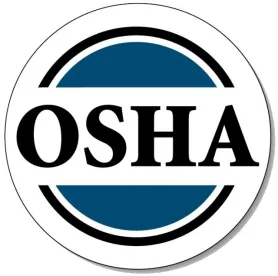The Occupational Safety and Health Administration has issued a new fact sheet to assist residential construction employers in meeting safety standards in confined spaces, such as attics, basements, and crawl spaces. The Fact Sheet was developed in consultation with the National Association of Home Builders.
The Fact Sheet provides guidance on how employers can meet OSHA’s standard for Confined Spaces in Construction (29 CFR 1926 Subpart AA) and does not include enforcement actions. It is accompanied by a detailed Frequently Asked Questions spelling out some provisions in the standard and how they apply to residential construction work. The Fact Sheet and FAQs are available at OSHA’s dedicated website on confined spaces.
The Confined Spaces in Construction standard affects spaces that:
- Are large enough for a worker to enter;
- Have limited or restricted means of entry or exit; and
- Are not designed for continuous occupancy.
OSHA noted that a confined space with certain hazardous conditions may be a “permit-required confined space” under the standard.
Hazardous conditions include those that:
- Contain or have the potential to contain a hazardous atmosphere;
- Contain a material that has the potential for engulfing an entrant;
- Have an internal configuration in which an entrant could be trapped or asphyxiated by inwardly converging walls or by a floor that slopes downward and tapers to a smaller cross-section; and
- Contain any other recognized serious safety or health hazard.
In its recommendations, OSHA noted that before any work begins, employers must determine if a confined space requires a permit for work to occur in it. OSHA also noted that “attics, basements, and crawl spaces in a residential home — three common spaces — will not typically trigger” its requirements for confined spaces.
The agency said, however, that “extreme heat” in an attic could be a “serious physical hazard,” requiring a permit for work to be done inside. OSHA, however, has not detailed how hot extreme heat would be. Such heat would cause heat exhaustion, including dizziness, headaches, severe sweating, cramps, and could restrict a worker’s ability to exit the attic without assistance.
OSHA said basements designed for continuous occupancy by a homeowner are not considered confined spaces, and it said that crawl spaces in a residential home usually will not trigger the majority of the requirements of the standard, unless they contain a physical hazard such as an exposed active electric wire.
The Fact Sheet and the FAQs outline employer obligations, which depend on whether an employer is a “host employer,” “controlling contractor,” or “entry employer” (also referred to as a subcontractor). The Fact Sheet also details requirements for personal protective equipment, training, and rescues.




 />i
/>i
